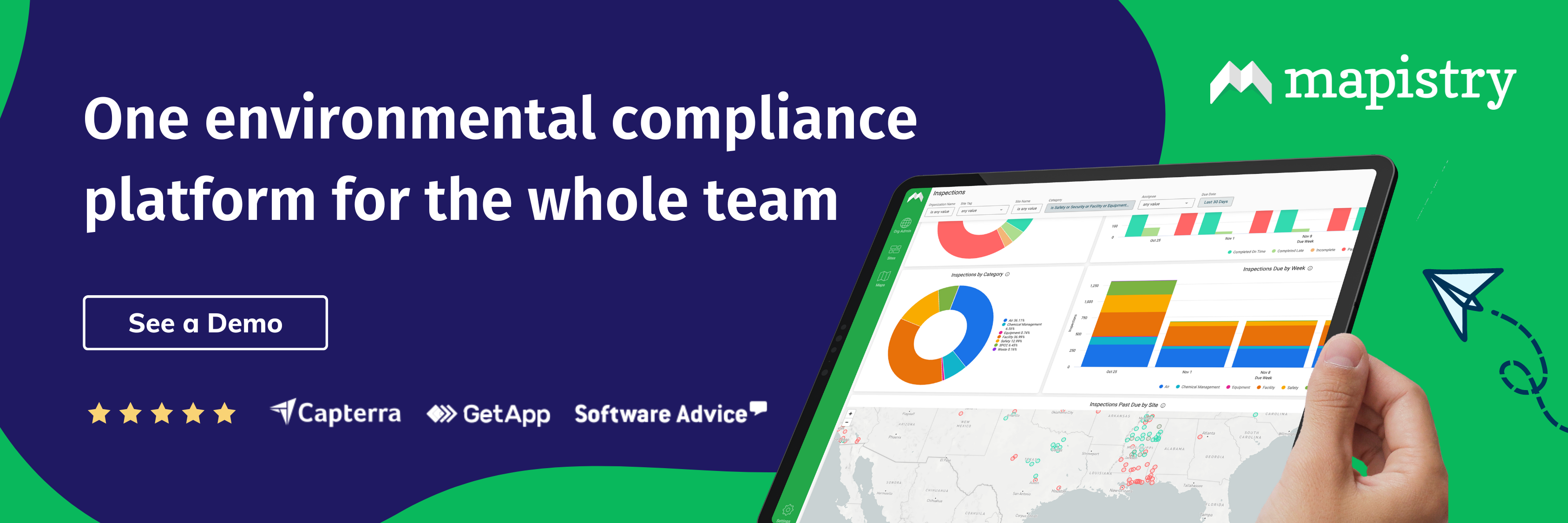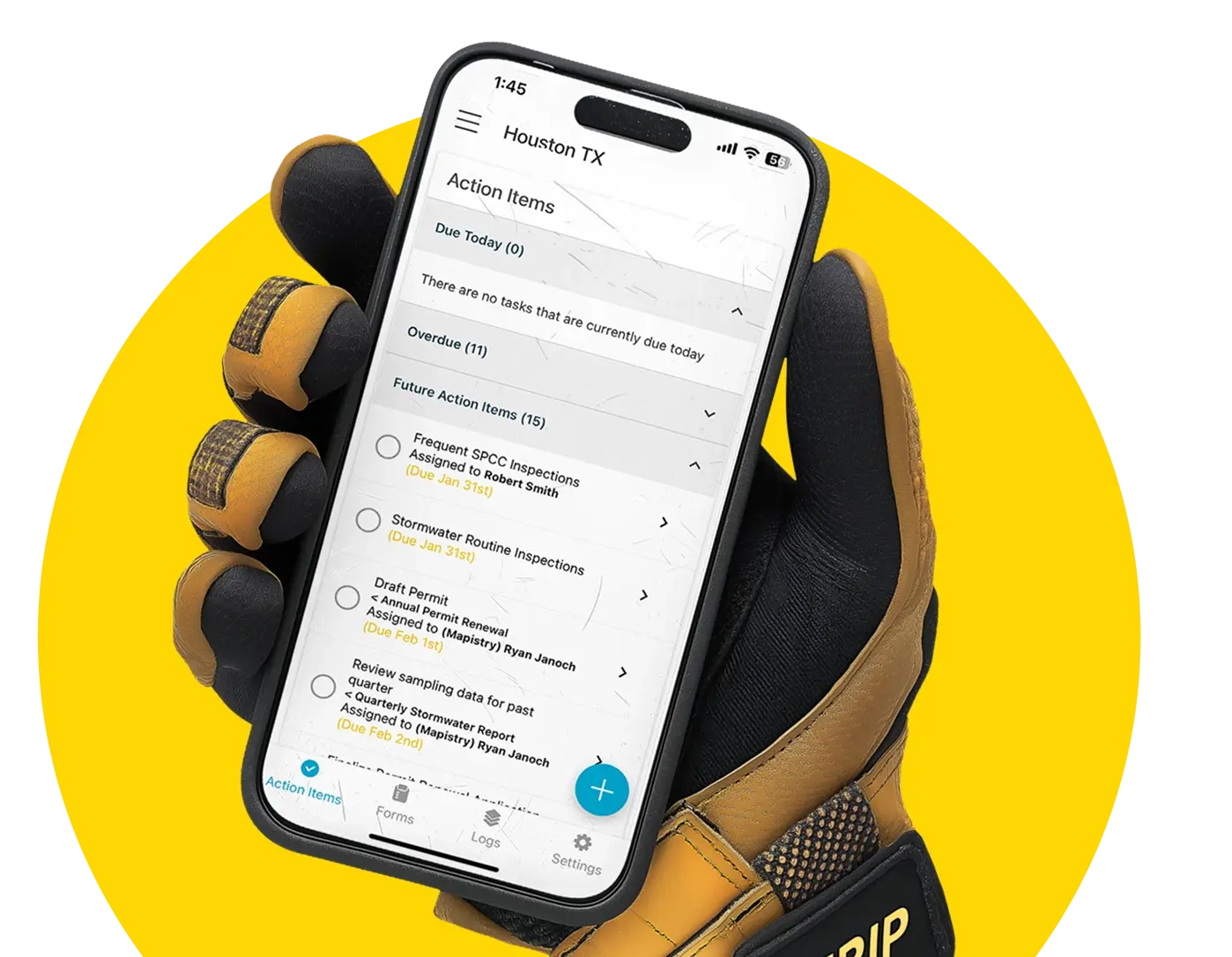EHS Insights: Tesla’s Jordan Bottorff on Environmental Compliance
During this week’s Coffee and Compliance, we had the opportunity to talk EHS compliance with Jordan Bottorff, a Senior Environmental Specialist at Tesla. Jordan shared her career journey, lessons learned in environmental compliance, and advice on what to look for in your permit, how to work with inspectors, and how to engage key stakeholders.
Jordan graduated from UC Santa Cruz with a Bachelor of Arts Degree in Environmental Studies and Theatre Arts. At the time, she had no idea what EHS was, but she knew she wanted to protect the environment.
It wasn’t until she went to Australia for her master’s program at Griffith University that she realized there was a whole career path focused on understanding and implementing regulations. Jordan’s master’s program was centered in the engineering department, and the applicability of what she was learning spoke to her.
“EHS is everywhere!”
After receiving her master’s degree, Jordan moved back to the United States. She luckily found a temp agency job and became an Environmental Compliance Specialist for Cornerstone Environmental Group.
While as a Compliance Specialist, Jordan got very good at reading permits. She learned that reading and re-reading your permits is essential, and she advised listeners to always read them! Later on, this skill helped her when she became an Air Quality Inspector for the San Joaquin Valley Air Pollution Control District.
As an inspector, Jordan advocated for her facilities, and now, as an Environmental Specialist at Tesla, she still puts on her inspector’s hat to check that everything has a permit.
“Your permits are not necessarily perfect.”
As mentioned above, she recommended that everyone read their permits. However, if you do not understand the full permit, at least try to understand the record-keeping requirements and make sure those requirements are being met.
Having been an inspector, Jordan acknowledges that a facility’s permit is imperfect. She recommended that facilities work with their inspectors and the air district to remove requirements that do not apply to their facility. When working with inspectors, Jordan reminded us that regulators are human and often young college graduates. Work with regulators to understand your permit and make sure it is correct for your facility.
Finally, Jordan engages with her key stakeholders by going into the field and talk to them. One recommendation she made is to ask stakeholders how to read a meter instead of emailing them for the meter reading, because the cross department relationship is strengthened and EHS staff can gain operational knowledge.
When an inspector visits, Jordan invites her key stakeholders to join her and the inspector to conduct the facility inspection. Having key stakeholders participate in facility inspection allows them to understand the environmental compliance requirements and why processes are in place. The biggest thing, Jordan said, is to be there to support your key stakeholders if they had any questions or become overwhelmed. In summary:
-
Read your permit’s and know the recordkeeping requirements
-
Engage with your key stakeholder and include them on inspector visits
-
Inspectors are humans, might be new to EHS, so create a relationship first
Check out our full video below!
Check out our library of previous Coffee & Compliance webinars with EHS experts




%201%20(2).png)
.png)
.svg)
